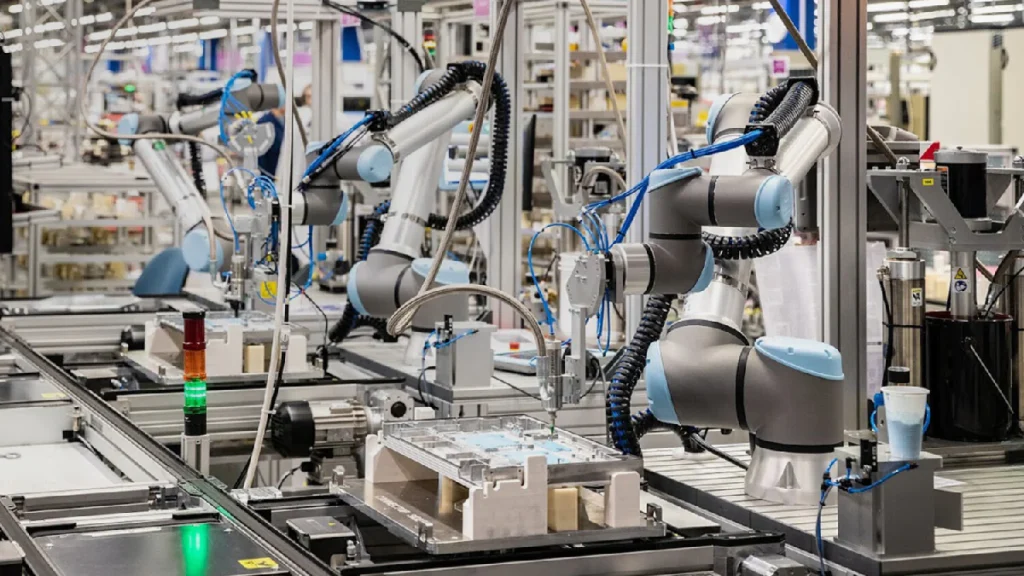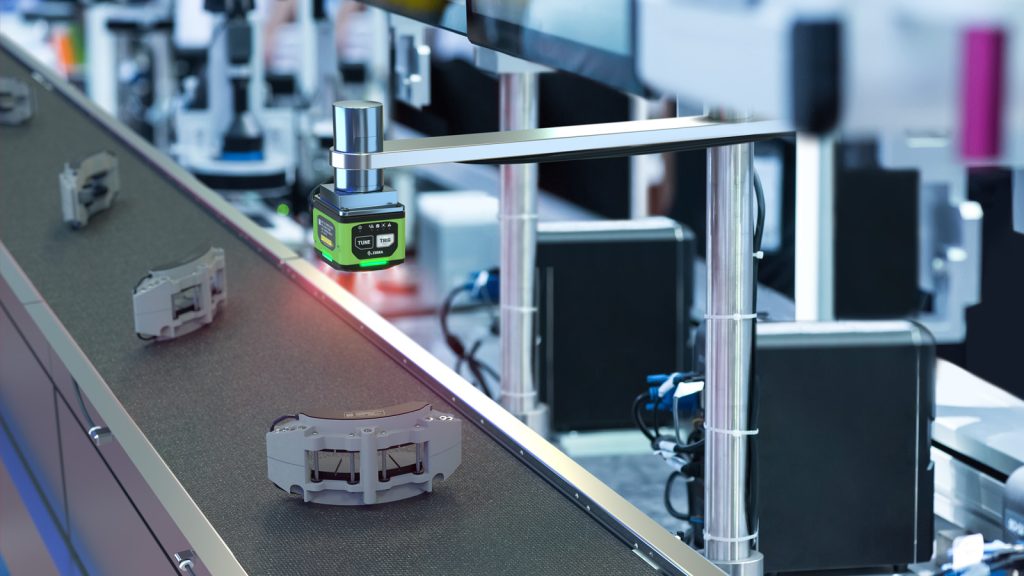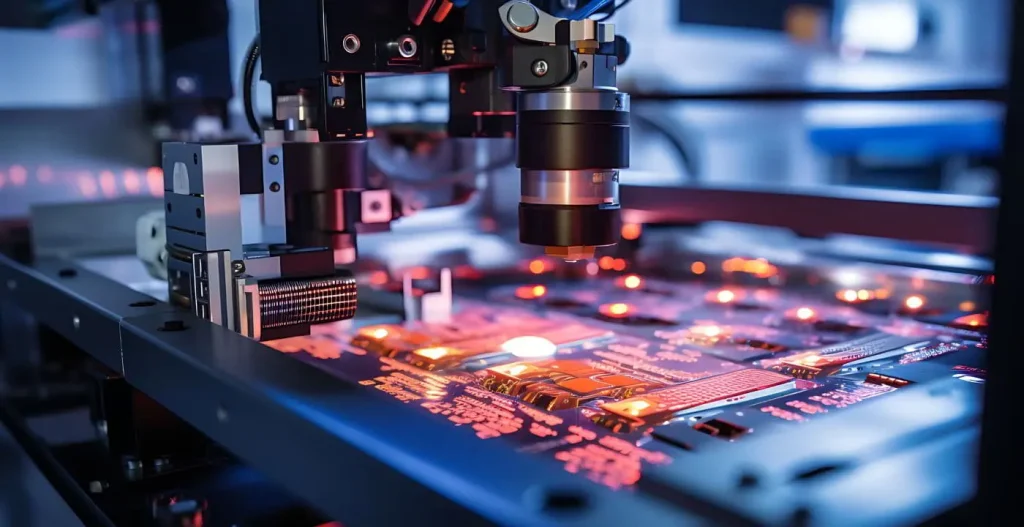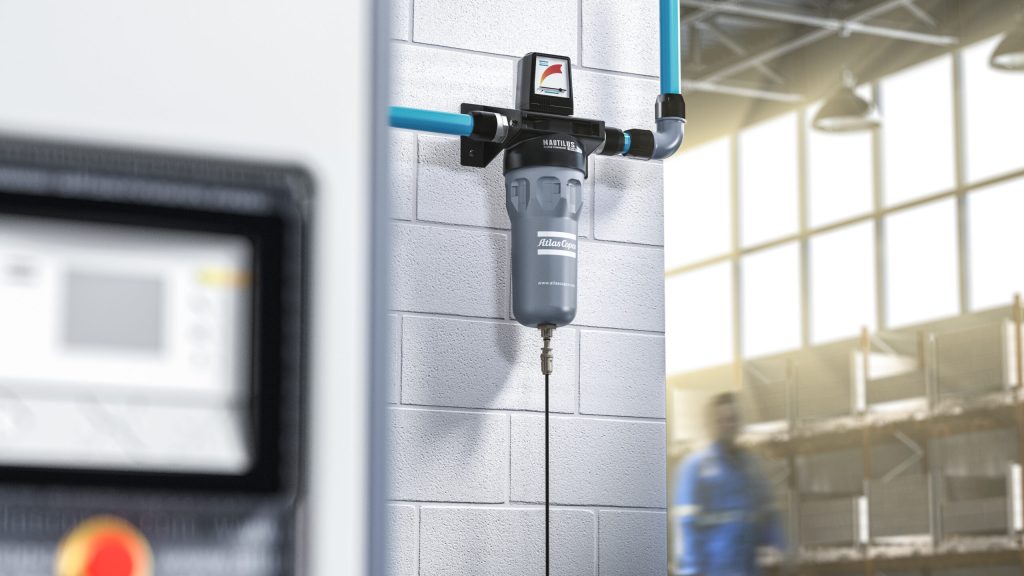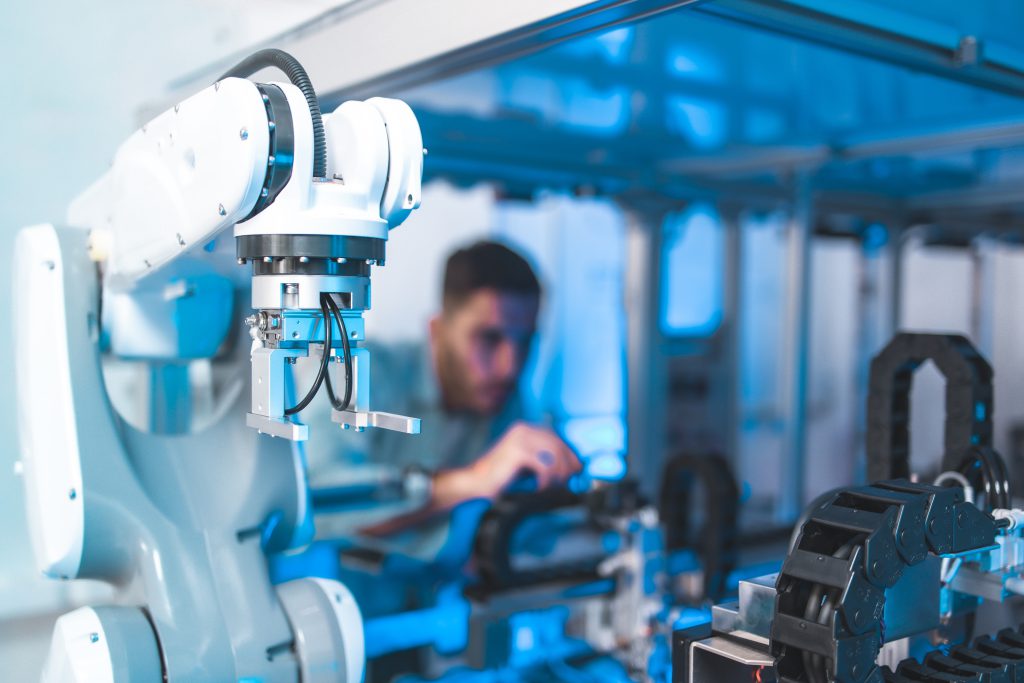Pneumatic pressure regulators are essential components in pneumatic systems, crucial for controlling and maintaining the pressure of compressed air. Understanding the science behind these regulators can help optimize their performance, ensure system stability, and enhance overall efficiency. At Pneumation.ca, we recognize the importance of pressure regulators in achieving precise control and reliability in pneumatic applications. This article delves into the science behind pneumatic pressure regulators, exploring their operation, types, and best practices for effective use.
1. What Is a Pneumatic Pressure Regulator?
- Definition and Purpose: A pneumatic pressure regulator is a device designed to control and maintain a constant output pressure from a variable input pressure. It ensures that the pressure of the air delivered to different parts of a pneumatic system remains steady, regardless of fluctuations in the supply pressure.
- Basic Operation: The regulator adjusts the flow of compressed air to maintain a desired output pressure. It typically consists of a pressure adjustment mechanism, a sensing element, and a control valve.
Example: In a pneumatic tool application, a pressure regulator ensures that the tool operates at the optimal pressure, improving performance and preventing damage due to overpressure.
2. Key Components and Their Functions
- Adjustment Mechanism: This component allows users to set the desired output pressure. It is usually a dial or screw that adjusts the tension on a spring or diaphragm, influencing the control valve’s position.
- Sensing Element: The sensing element, often a diaphragm or piston, detects changes in output pressure and signals the adjustment mechanism to maintain the set pressure.
- Control Valve: The control valve regulates the flow of compressed air based on the signals from the sensing element, ensuring that the output pressure remains stable.
Example: A typical regulator might use a spring-loaded diaphragm to sense changes in pressure and adjust the control valve accordingly to maintain the desired output.
3. Types of Pneumatic Pressure Regulators
- Direct-Operated Regulators: These regulators use a direct connection between the sensing element and the control valve. They are simple, cost-effective, and suitable for low to moderate pressure applications.
- Pilot-Operated Regulators: Pilot-operated regulators use a secondary control system (pilot valve) to manage the main control valve. They offer higher accuracy and are used in high-pressure applications or where precise control is required.
- Relieving Regulators: These regulators include a relief valve that vents excess pressure to maintain the desired output pressure. They are useful for protecting sensitive equipment from overpressure.
Example: A pilot-operated regulator might be used in a high-pressure industrial setting where precise pressure control is essential, while a direct-operated regulator could be suitable for less demanding applications.
4. The Science of Pressure Regulation
- Pressure Drop and Control: The regulator must account for pressure drop across the system, which is the difference between the input and output pressure. The design of the regulator ensures that the output pressure remains constant despite variations in input pressure.
- Dynamic Response: Regulators need to respond quickly to changes in demand or input pressure. The dynamic response of a regulator is influenced by factors such as the design of the sensing element, control valve, and spring mechanism.
- Flow Characteristics: The flow characteristics of the regulator impact its performance. Regulators are designed to handle specific flow rates and pressure ranges, ensuring efficient operation within their intended applications.
Example: A regulator with a high dynamic response capability can quickly adjust to sudden changes in air demand, ensuring stable pressure and consistent performance.
5. Best Practices for Using Pneumatic Pressure Regulators
- Proper Sizing: Select a regulator that is appropriately sized for your application, considering factors such as flow rate, pressure range, and operating conditions. An undersized regulator may struggle to maintain stable pressure, while an oversized regulator may be less efficient.
- Regular Maintenance: Perform regular maintenance on pressure regulators to ensure their optimal performance. This includes checking for leaks, cleaning components, and verifying calibration.
- Installation Considerations: Install regulators in a location where they are protected from contamination and extreme conditions. Ensure proper orientation and alignment to avoid operational issues.
Example: To ensure accurate pressure control, install the regulator close to the point of use and protect it from dirt and moisture that could affect its performance.
6. Troubleshooting Common Issues
- Fluctuating Output Pressure: If the output pressure fluctuates, check for issues such as incorrect adjustment settings, leaks, or worn components. Verify that the regulator is properly sized and calibrated for the application.
- Inconsistent Performance: Inconsistent performance may be due to contaminants in the regulator or an incorrect setup. Clean the regulator and check for proper installation and alignment.
- Excessive Air Consumption: High air consumption can be a sign of an inefficient regulator or an underlying system issue. Inspect the regulator and the entire pneumatic system for potential problems.
Example: If a regulator exhibits fluctuating output pressure, inspect the sensing element and control valve for wear or damage and ensure the adjustment mechanism is correctly set.
Conclusion
Understanding the science behind pneumatic pressure regulators is essential for optimizing their performance and ensuring reliable operation in pneumatic systems. By grasping their basic operation, types, key components, and best practices, you can effectively manage pressure control, improve system efficiency, and troubleshoot issues effectively. At Pneumation.ca, we are dedicated to providing high-quality pneumatic components and expert advice to support your automation needs. For more information or assistance with pressure regulators, contact us today.

